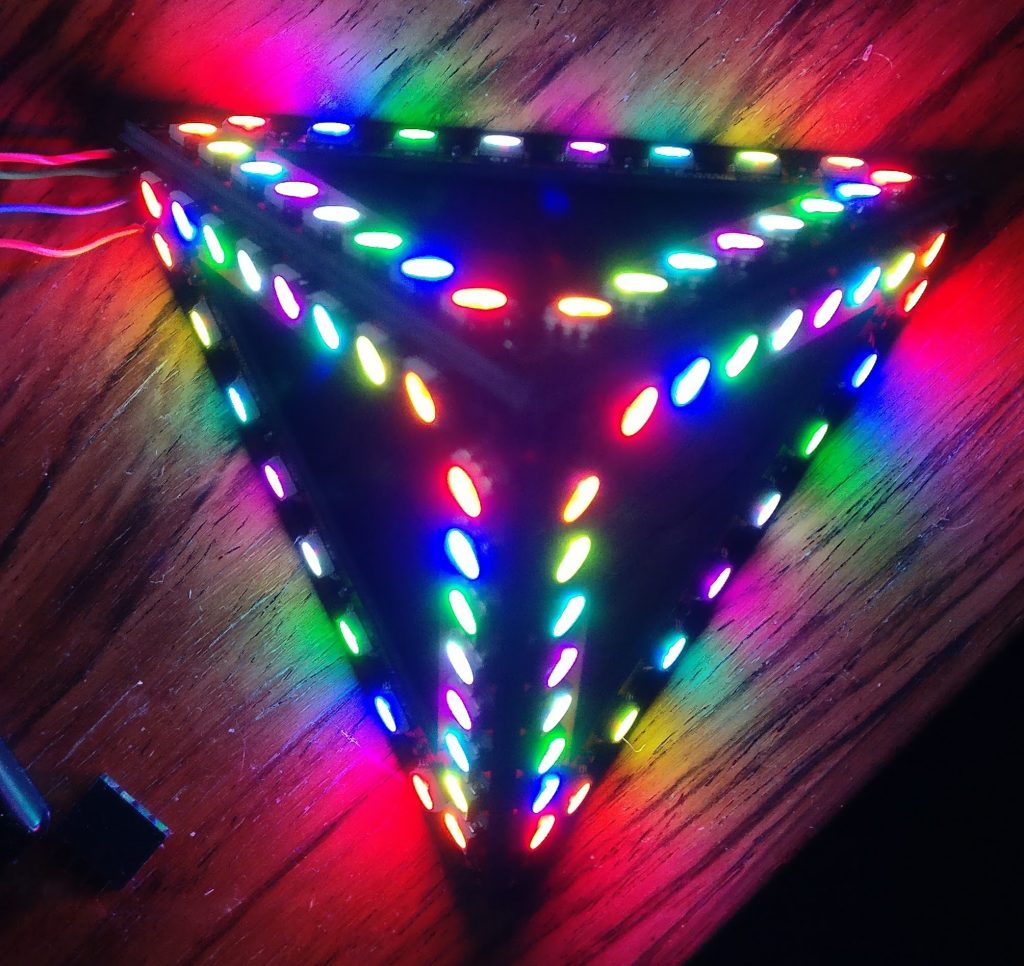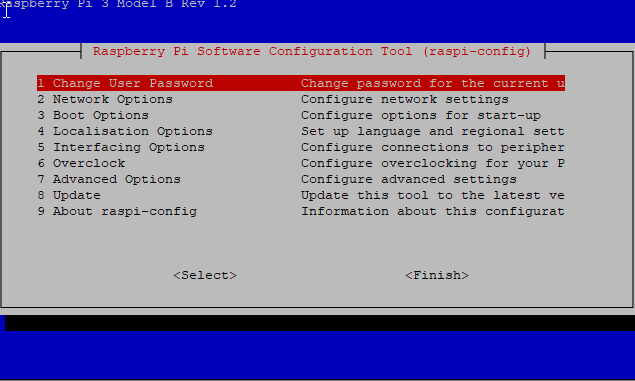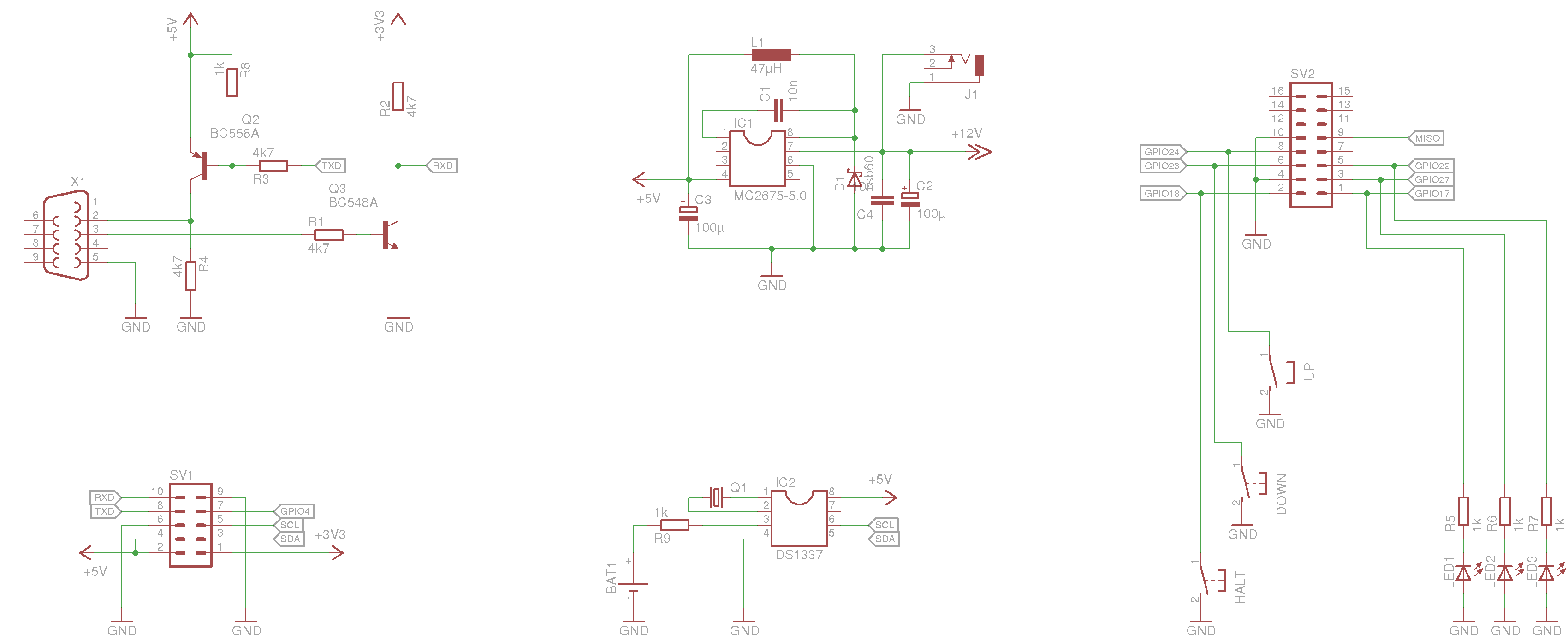

I was thinking of doing guiding and trying out some of my filters to move into some Nebula targets. Love the power a DSLR gives to the night sky. I took my first unguided 2 minute shots of M11 last week. Hard for me to wrap my head around how open astronomy seems to be. I hope tonight I get a chance to try it out. I suppose you just find a kind of bright star, put in the SA-100 and take a time exposure, and that is what you get. I bought one of those but have never tried it. But I also saw your picture, of output from a SA-100 diffraction grating. I just got a Raspberry Pi 3 in the mail yesterday, so I need to start. NexstarSlew & GalaxyDataĮdited by Censustaker, 07 July 2016 - 10:19 PM. You can see an image i took last night where I was experimenting with capturing stella spectra using an SA-100 diffraction grating:Īlso, I'm currently working on a simple interface to Celestron telescopes from inside Mathematica so you can make use of the astronomical data that is provided by WolframAlpha to slew the telescope to objects via the functions GalaxyData, StarData, NebulaData, etc, like this: The image from the camera directly to the monitor also looks pretty great, too on this monitor. This allows you to run the monitor from the 12v battery that comes with the revolution imager and then power the raspberry pi from the monitor's usb port. It has a native resolution of 1024x768 pixels and it also a USB port for providing power to a device. It has an 8" TFT LCD with HDMI, VGA and analog inputs. Those of you who might want to use an stk chipset easycap on the raspberry pi you can use the following command to switch the device into PAL mode for use with the PAL revolution imager.Īlso, I have found an excellent monitor for use with the rasperry pi + revolution imager combo.


You can display a constantly updating image in the Mathematica notebook like this:ĭynamic, UpdateInterval -> 1]] In order for the image to be saved to the ramdisk so Mathematica (or anything else for that matter.) to find it scroll through the menus to "SHARE IMAGE" and turn it on with the left or right keys. Use space-bar and the arrow keys to manipulate the onscreen menus. Make sure you have 'python-opencv' installed on your raspberry pi, then clone the project from github. # return an image showing the stars highlighted # or define your own eccentricity and circularity parameters # return a list of the locations of the stars in an image It also includes the mathematica module VideoAstronomy.m that only contains 3 functions: I uploaded my 'cosmos' tool to github in it's basic version:


 0 kommentar(er)
0 kommentar(er)
